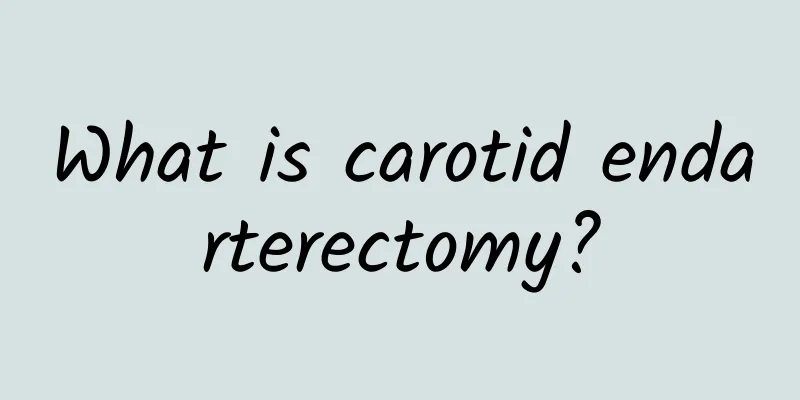How long does it take for pelvic effusion to heal after taking medicine?

|
Women's fertility is very sacred, but also very easy to be affected. The occurrence of various infertility problems has caused great pain to many families. The pelvic cavity is where a woman's main reproductive organs are located, such as the uterus, fallopian tubes, and ovaries. It may be worrying to see pelvic effusion in unmarried women. I hope that medication can cure it as soon as possible. So, how long will it take for pelvic effusion to heal by taking medicine? Let’s take a look below. In many cases, pelvic effusion is caused by ruptured fallopian tube pregnancy, corpus luteum dehiscence, pelvic abscess, chocolate cyst, ovarian cancer, etc. Patients with pelvic effusion due to acute or chronic pelvic inflammatory disease generally experience pain on both sides or one side of the lower abdomen, back pain, and a history of surgical or medical abortion.The specific cause of pelvic effusion is that the serous secretions formed by inflammation are difficult to be absorbed by the human body, thus accumulating inside the body. So, how long does it take for pelvic effusion to heal after taking medicine? Here is a summary for you: There are two types of pelvic effusion: physiological effusion and pathological effusion. Under normal circumstances, physiological pelvic effusion within 10mm may occur during ovulation and early pregnancy, which can generally be absorbed by itself and does not require treatment. However, if pelvic effusion occurs outside the above two periods, it should be diagnosed as pathological pelvic effusion caused by pelvic inflammatory disease.
Physiological pelvic effusion does not require special treatment, and a small amount of pelvic effusion can be absorbed on its own. If it is pelvic inflammatory disease or tumor effusion, the amount of fluid will be more than 100 ml, and targeted treatment is required according to the cause.
Relieve patients' mental concerns, enhance their confidence in treatment, increase nutrition, exercise, pay attention to the combination of work and rest, and improve the body's resistance. 2. Medication If it is caused by inflammation, active anti-infection treatment should be given; if it is caused by a tumor, chemotherapy drugs should be used in combination with surgical treatment. 3. Surgery Patients with lumps, hydrosalpinx or tubo-ovarian cysts can undergo surgical treatment; patients with small foci of infection and recurrent inflammation should also undergo laparoscopic exploration. The principle of surgery is to completely cure the disease and avoid leaving any residual lesions. For young women, ovarian function should be preserved as much as possible. The effect of single therapy on chronic pelvic inflammatory disease is poor, so comprehensive treatment is appropriate. |
<<: Is 15mm of pelvic fluid considered serious?
Recommend
What causes headaches and dizziness during menstruation?
Many women experience dizziness during menstruati...
What is adenomyosis with adenomyoma?
The uterus is a reproductive organ unique to wome...
What should you pay attention to when sleeping during 6 months of pregnancy?
A pregnant woman in her sixth month of pregnancy ...
How to prevent and treat painful urination
If there is stinging and burning sensation when u...
@Baby Dad and Mom, the instructions for 14 kinds of children's medicines have changed. They should not be used casually under 2 years old!
On April 23, 2021, the National Medical Products ...
Breast pain like needles during breastfeeding
The first thing a pregnant mother should do after...
Is it good to have an anteverted uterus?
An anteverted uterus refers to the position of th...
What is the reason for leucorrhea with odor and itching?
If the symptoms of vulvar itching are more obviou...
Can I take folic acid tablets when I am pregnant?
Folic acid is something that must be taken during...
How to detect hidden premature heart beats? The doctor of the physical examination department will answer
Recently, a 17-year-old male middle school studen...
Brown blood on the 40th day of pregnancy_Brown blood on the 45th day of pregnancy
Pregnancy is a process that most women must go th...
What can I eat during menstruation to enlarge my breasts?
For women with flat breasts, breast enlargement i...
There is only a little blood after the abortion
For some women who want to terminate their pregna...
Girl's appendicitis incision picture
Appendicitis is very common in daily life. Genera...
How to treat moderate vaginitis?
For moderate vaginitis, of course, we must also p...









